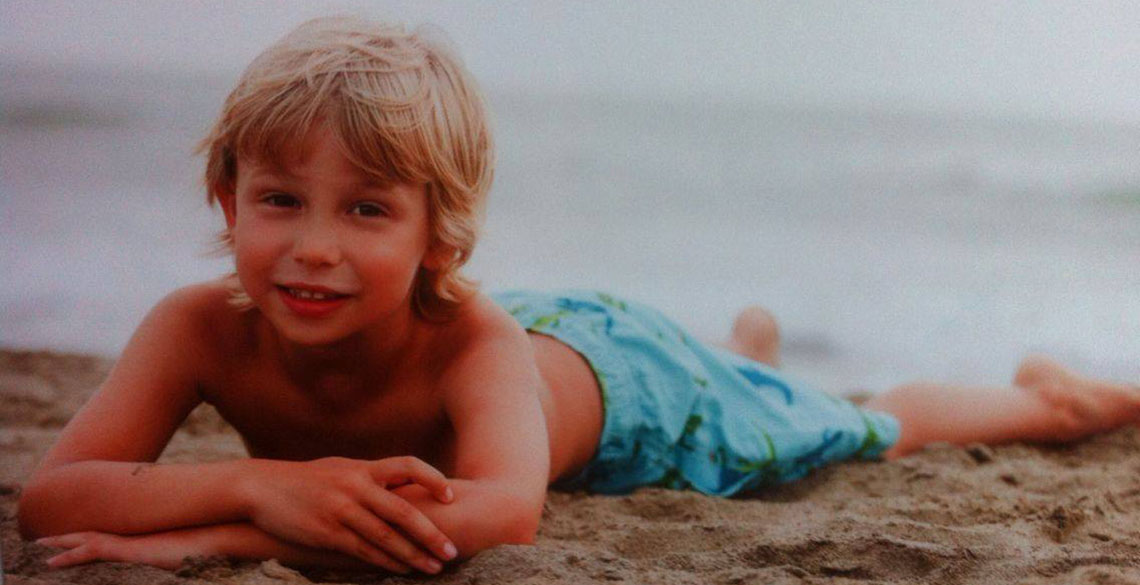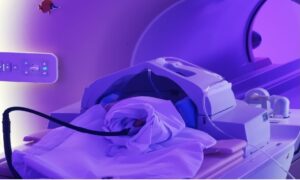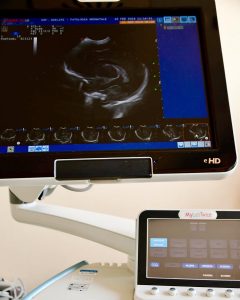My name is Laura and this is our story.
In March 2009 I realised I was pregnant with my first child. I was going to turn 40 later that year… It all seemed like a fantastic gift.
In October, when I was 33 weeks along, in the home stretch of what I can only describe as a wonderful pregnancy, I noticed I could no longer feel the baby moving. At all.
I went to A&E, the baby’s heartbeat was still there, but more tests needed to be done. I was admitted and the barrage of tests began.
During one of these tests, an ultrasound, I noticed something was wrong.
Puzzled faces, embarrassed glances. The doctor who was doing the ultrasound called some colleagues to have their opinion… A small army of doctors bent over my belly. They all looked very intent but also worried. I ask them what the matter was, no one seemed ready to give me a straight answer, they said they still had to look into it.
The head of Antenatal Diagnosis got called in, the bloody ultrasound scan was still not over…the probe went up and down my belly.
That was when they called in a psychologist.
My world went to pieces.
I started sobbing, begging them to tell me what was going on. They told me that a part of my baby’s brain hadn’t developed properly, cerebral agenesis, they called it.
An MRI scan was the only way to know more. They told me to ring my husband, he came straightaway and we were taken by ambulance to a nearby hospital, where they could do the MRI scan.
The doctors there told us not to ask any questions. They said it would take them a few days to study the images and give us a result.
Three days later, the longest three days of my whole life, we got a diagnosis: bilateral intraventricular hemorrhage. An event that happens very rarely before birth.
The baby was in a kind of coma, it didn’t feed itself, it didn’t move its eyes…the hemorrhage keeps going. The ventricles keep on swelling, they kept them under observation twice a day.
In those days, thanks to my family (my brother-in-law is a surgeon), we sent the MRI scan images to some antenatal diagnosis experts. They didn’t give us any hope. They suggested therapeutic abortion, but in Italy that is not allowed, with such an advanced pregnancy. We would have to go to France, I’d have to give birth naturally and then they’d get someone to kill my son. No one could tell us what the child would be like because of the neurological shock he’d had. They said he could have physical and brain damage, that he could be in a vegetative state.
And then we met an enlightened doctor, Luca Ramenghi. He studied the images at night and gave us the psychological support we needed to go on. I stay in hospital until the end of my pregnancy and, on November 23rd, Nicola was born. In the following days and months we got ourselves a new mantra: take one things at a time, day by day. We didn’t know if our son was going to be able to feed, if he was going to be able to see, to feel, to walk.
It was extremely hard. But we were very lucky. We will never forget the children and family we met, who were not so lucky.
I will never forget the mothers I met, whose sorrow and joy I shared, in the paediatric neurosurgery ward at Ospedale Gaslini. Since then, everything has changed.
We do not want to give people false hope, we just want stress that the brain of newborns can and should be studied better.
We are fully committed to supporting EU-Brain.




